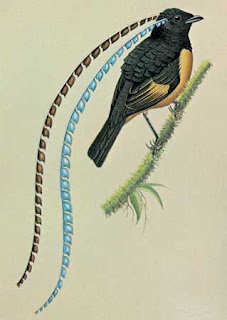Maurya Empire
The Maurya period (c. 321–185 BC) The state of Indian architecture in the period between the Indus Valley civilization and the rise of the Maurya Empire is largely unknown since most work was done in such perishable material as wood or brick. Excavations at Rājgīr, Kauśāmbī, and other sites, however, testify to the existence of fortified cities with stūpas, monasteries, and temples of the type found at the later Maurya sites of Nagarī and Vidiśā; and there is evidence of the use of dressed stone in a palace excavated at Kauśāmbī. Considering the power of the Maurya Empire and the extensive territory it controlled, the architectural remains are remarkably few. The most important are stūpas (later enlarged) such as a famous example of Sānchi ; the ruins of a hall excavated at the site of Kumrāhar in Patna (ancient Pāṭaliputra), the capital city; and a series of rock-cut caves in the Barābar and Nāgārjunī Ḥills near Gayā, which are interesting because they preserve in the more permanen...




